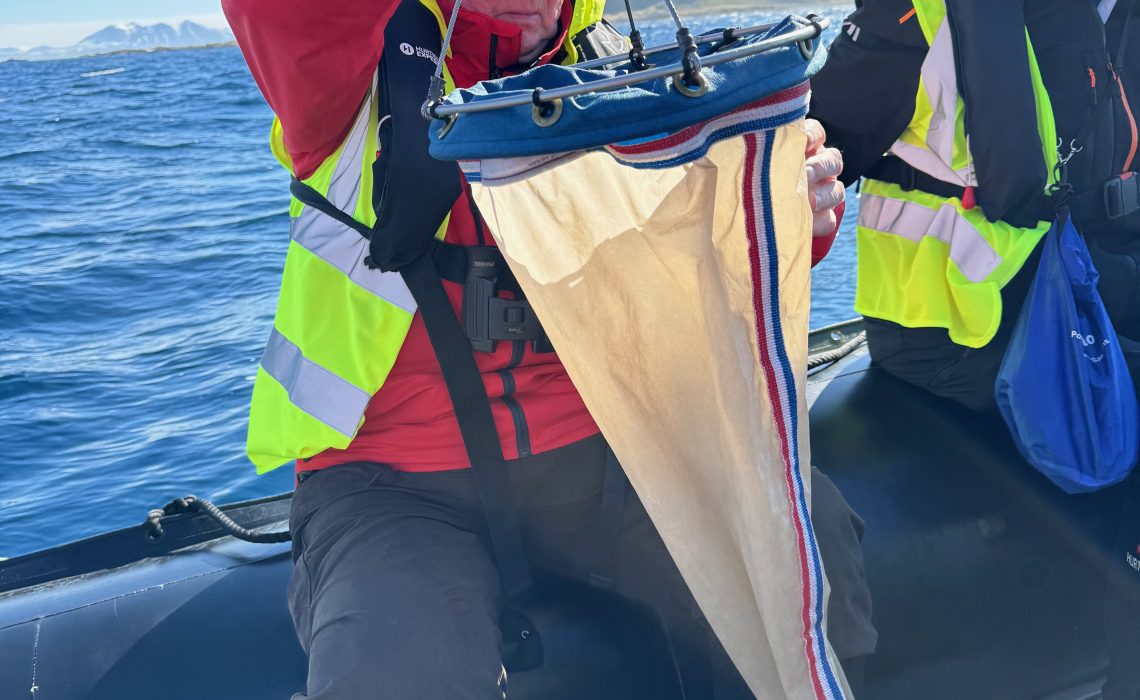
Expedition cruises can be unique learning experiences. And we aren’t talking just history and culture but also taking part in some very useful Polar Citizen Science.
If you have read my Citizen Science blog from Antarctica, then you know it was something I found pretty cool on that expedition. Why? Because it’s a way of giving back of course. Was going to be interesting to compare what we found in the Antarctic to the Arctic.
From plant identification to collecting plankton samples, here is what ‘us passengers’ got up to, doing their bit for Polar Citizen Science on our recent ‘Circumnavigating Spitsbergen In The Realm of the Polar Bear’ voyage – hence the 9 scientist day reference! This time I wanted to get out on the science zodiac taking samples… or that’s what I thought!
List to my audio introduction above
But first, let’s take a quick look at what Polar Citizen Science is and why it’s valuable.
Polar Citizen Science
We all know the polar regions are not easy to reach and carrying out research can be challenging, complex and expensive. Engaging with tourism in both the Artic and Antarctica has both created more opportunities for research, as well as educating those visitors so that through more in-depth understanding they will want to help protect these precious environments.
However, science needs discipline around it to ensure data that’s collected is valuable, consistent, follows the same process etc etc, you get the picture. And someone, or a group of people, was needed that could act as the intermediary between the scientists that need the data and the marine tour operators or more importantly, the Polar Tour Guides working with those operators. The Polar Citizen Science Collective was set up to do exactly that. With an online training platform in place, they ensure the participating operator’s guides are trained to both deliver the citizen science programmes to the guests on board, and assist the scientist by collecting the data they required in a consistent and ‘scientific’ way. You can take a look at the projects they support HERE. Win, win!
Looking back, I wish I had taken up a science subject. Now I am not talking about physics or chemistry, but perhaps geology, oceanology or marine science. Feeling it might be too late to embark on a new career, one of the things I was really looking forward to on this trip was getting more involved in the Citizen Science programmes.
Flora and Fauna
With an early in the season Antarctica trip we didn’t see too much in the way of flora and fauna, as there was still significant ice and snow even in South Georgia, though we did find plenty in the Falkland Islands of course, mainly a gorse with a bright yellow flower. The Artic surprised me. Our plants have this incredible survival mechanism, which of course, always gives me hope from a restoration perspective.
iNaturalist
What a great app this is. You can upload your photos with the time and place of the observation, so you aren’t just searching a public database but can interact with other people who are also adding photos and observations. Beautiful alpine flowers were growing and spotted on our landings. How on earth these plants can grow in these conditions, with the Artic reindeer munching on them and all they have to endure.
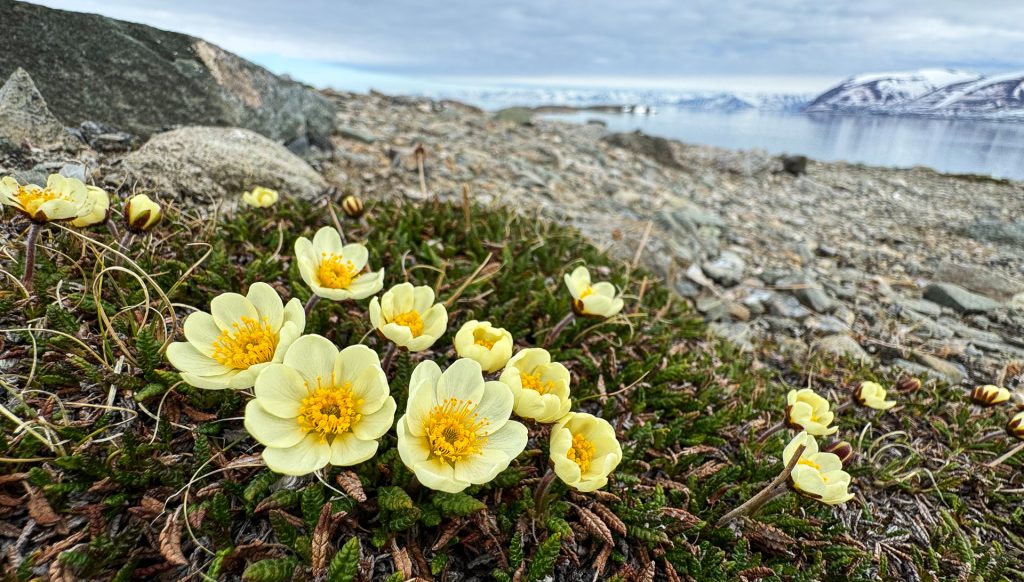
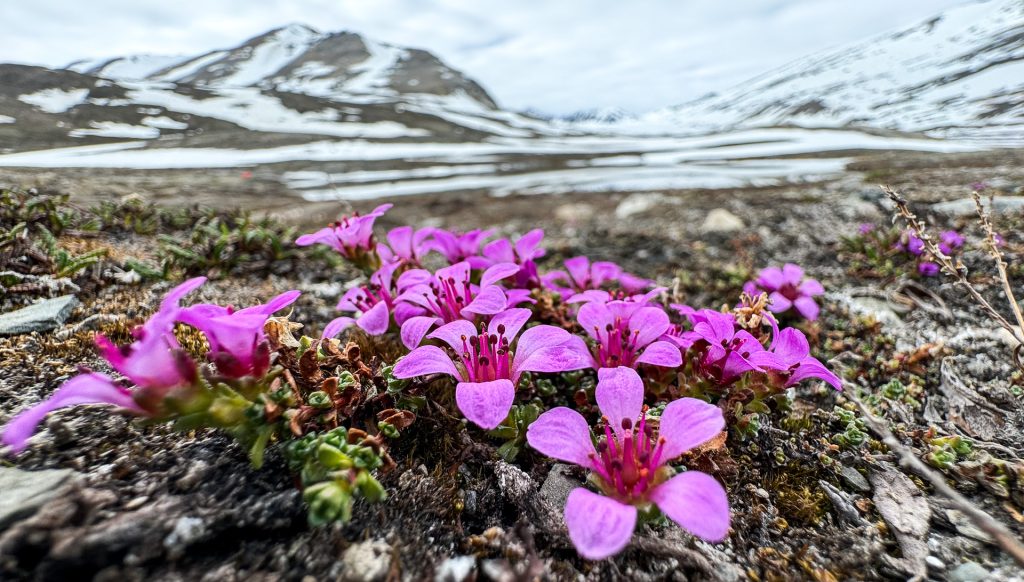
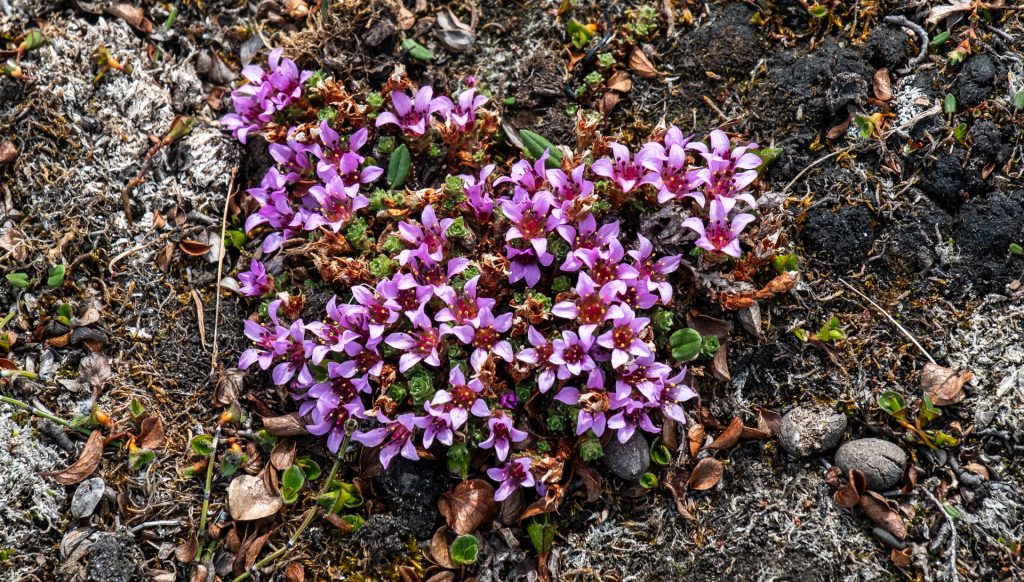
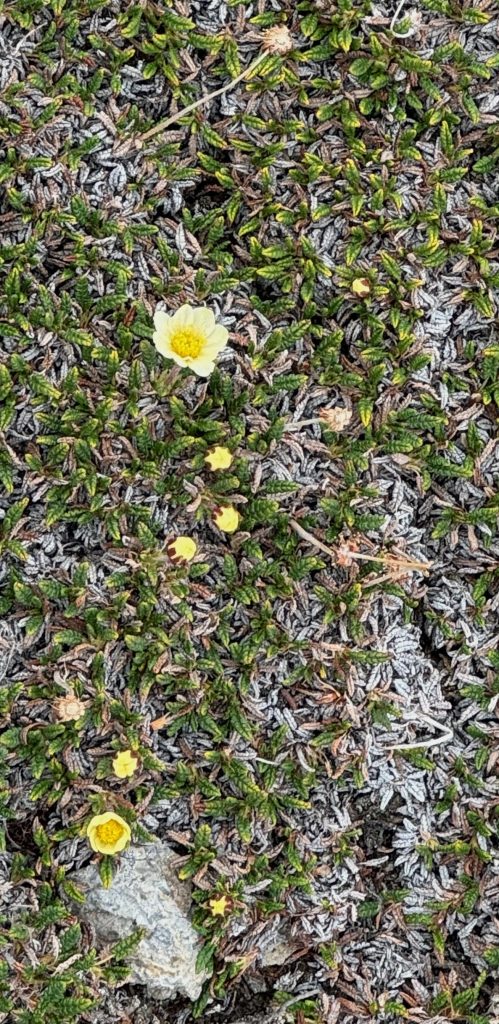
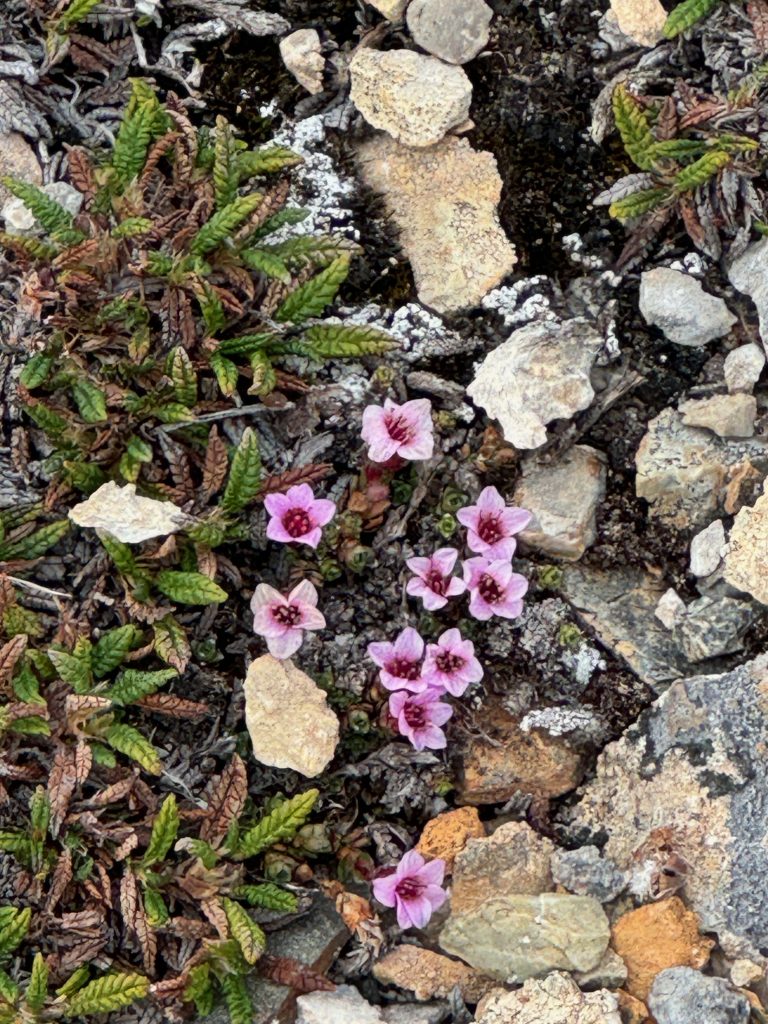
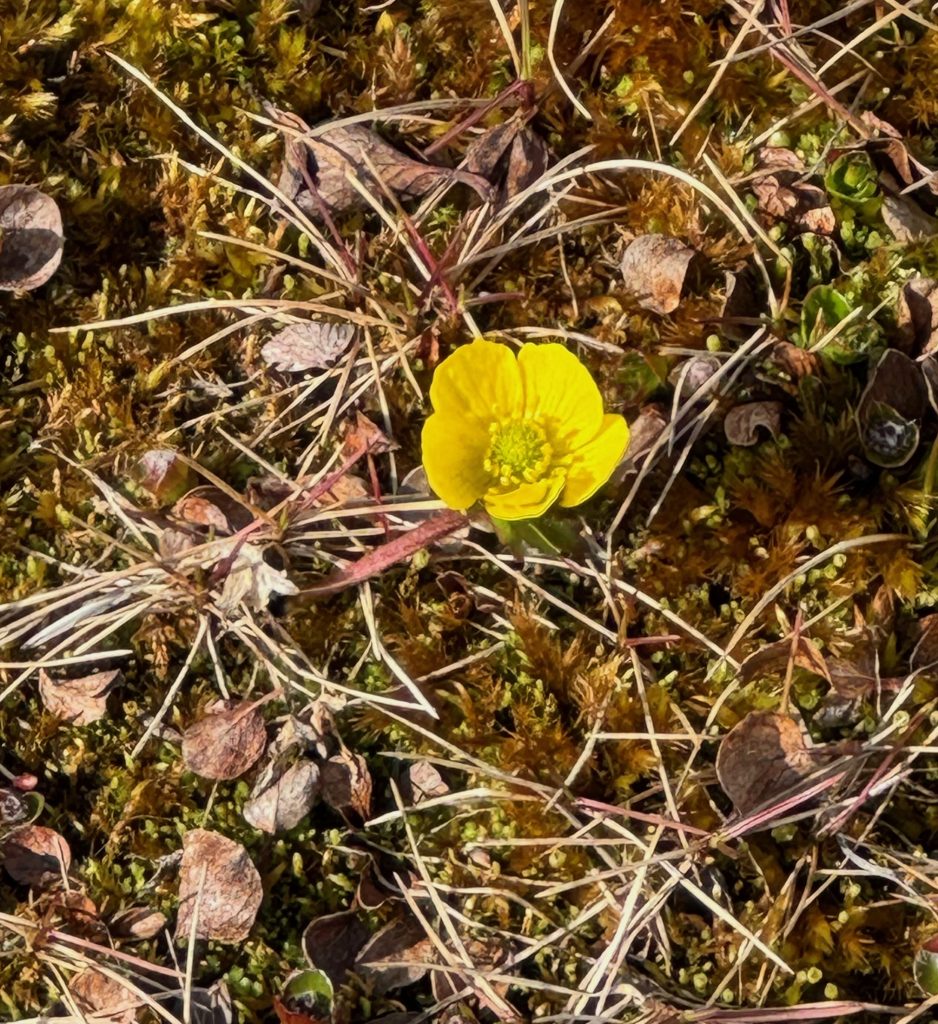

Support SueQsWorld Writing: It’s always optional but your Donation to SueQsWorld writing is more than just financial support; it’s an investment in creativity, diversity and the transformative power of words. Join me in my mission to enrich lives and inspire change. Every contribution, no matter the size, makes a difference. Click on the Donate button, top right hand side of the page for more information.
Science Boat
What was encouraging was that there was a LOT of take up for the science programmes, especially those that required a zodiac, in total there were five science boat trips during the trip. So that did mean, as it was a relatively short trip, we only got one session at sea. Now as it happens, one was enough for us!
What ‘science’ did we carry out?
Plankton
Water sampling was carried out to study and identify both zooplankton (animals) and phytoplankton (plants) in three places, Texas Bar, Fuglehuken and Hemsedalen. Why? Plankton has a central role in supporting the marine food-web and the health of our oceans, so it’s pretty key to monitor what’s in our oceans at specific points.
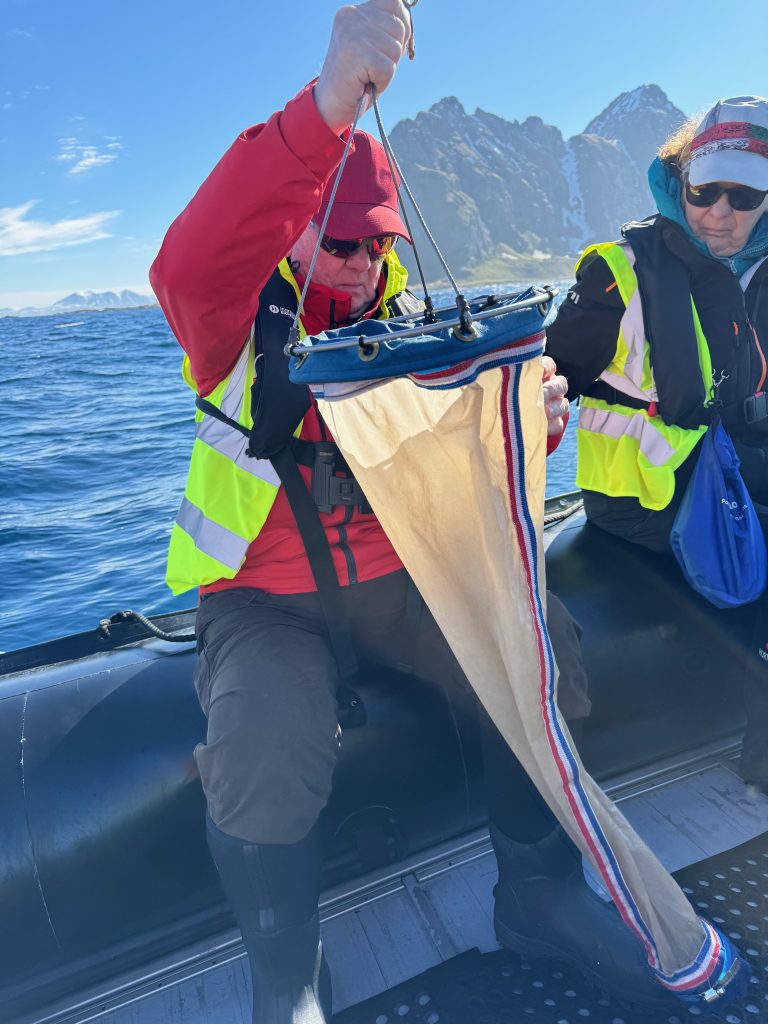
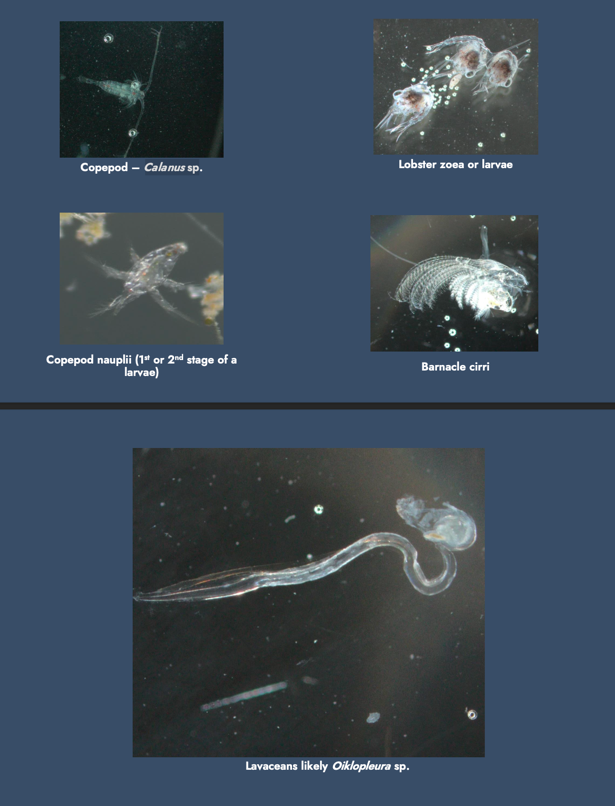
Secchi Disk
Our science boat trip was at Fuglehuken. We had changed our plans because of the bad weather in the south of Spitsbergen and unusually had a landing on the northern tip of Prins Karls Forland. It’s exposed to the open sea with a swell. As we found out on our boat…
It’s seemingly fine to be travelling on a zodiac from the boat to the shore in a swell, BUT stationary, at sea in a zodiac in a swell for 45 minutes, hanging over the side at times, was not so good. Seasickness hit our scientist first and most of the rest of too – don’t let this put you off, we were all fine soon as we were back on the boat and none of us would have missed the experience. Fortunately we had completed the Secchi Disk study before we cut our trip short and headed back to the boat. My short video gives you a taster of our science.
It was too rough to carry out the plankton survey and the CTD (conductivity, salinity and temperature with increasing water depth) profile but fortunately they were taken on the other four science boat trips.
Geology
There were some captivating rock formations during our trip. The landscape showcased the
dynamics of folding and faulting in the rocks and we got to see many different types of rocks both on our landings and from the ship – sedimentary, metamorphic, and igneous, including gneiss, dolerite, granite, sandstone, limestone and marble. Interestingly, because of the permafrost, the marble is unusable and if you delve back into the history of Svalbard, in the early 1900’s Ernest Mansfield and his Northern Exploration Company started marble mining, but soon as it was taken away on his ships, and the permafrost began to melt, it crumbled.
These are a few of my favourite photographs of the stunning rock formations.
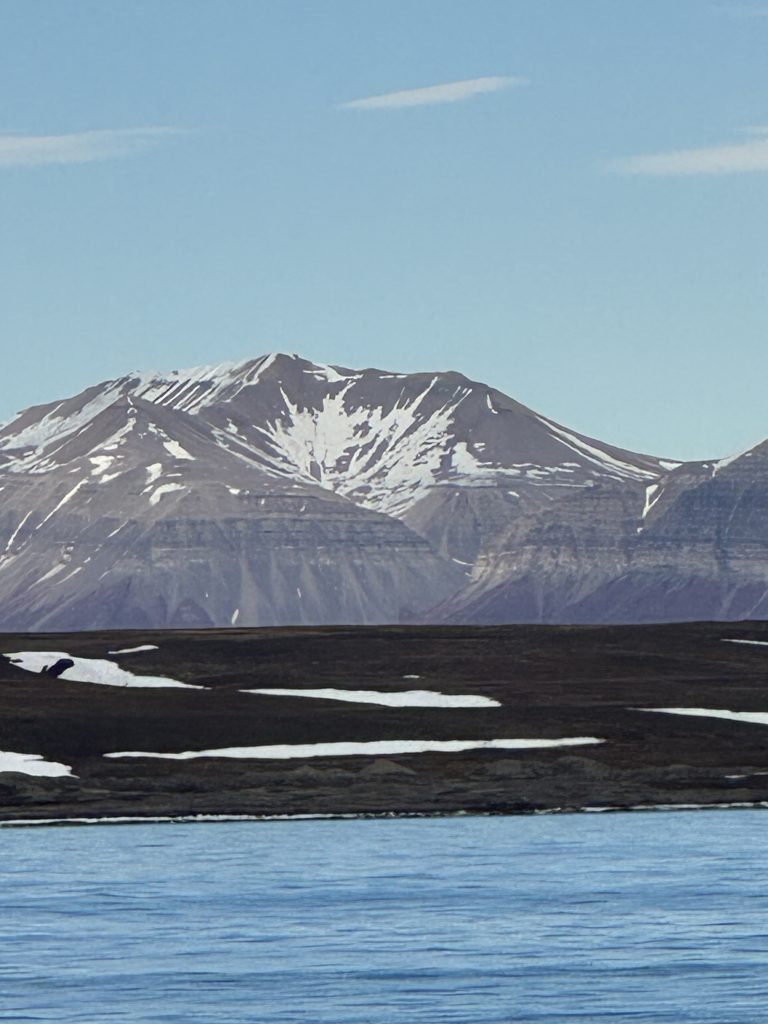
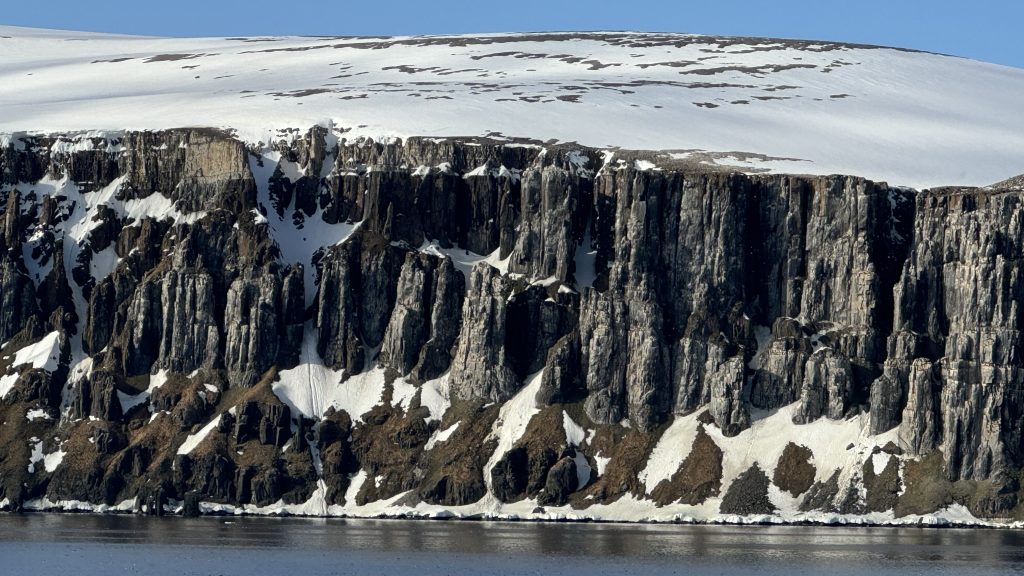
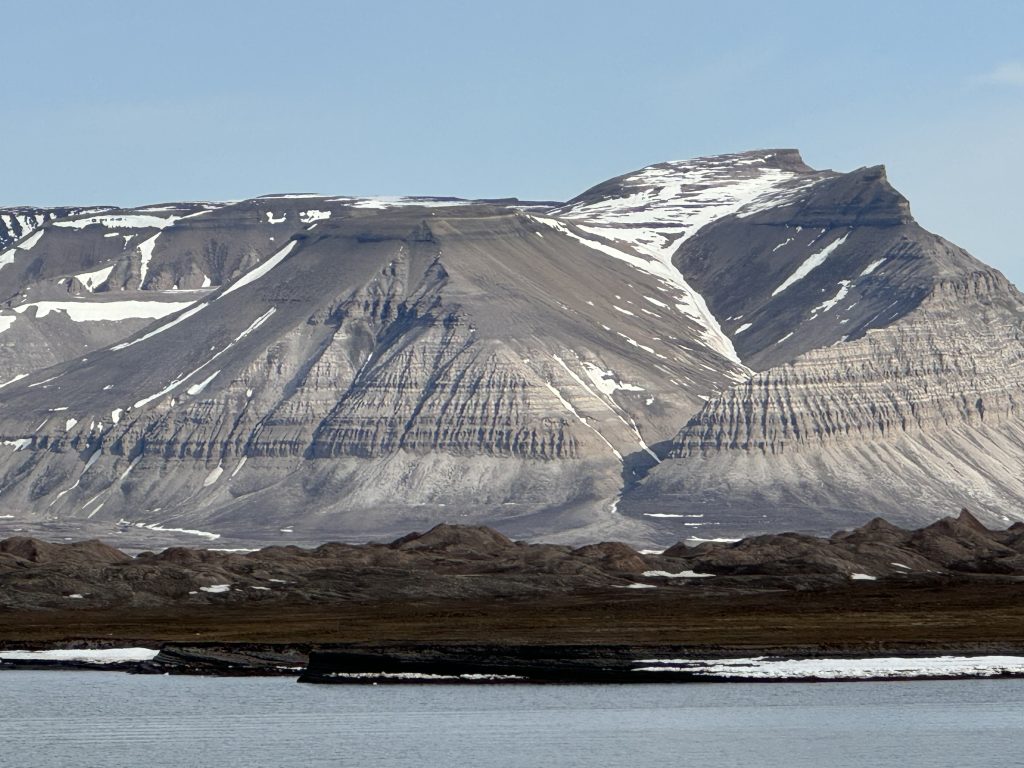
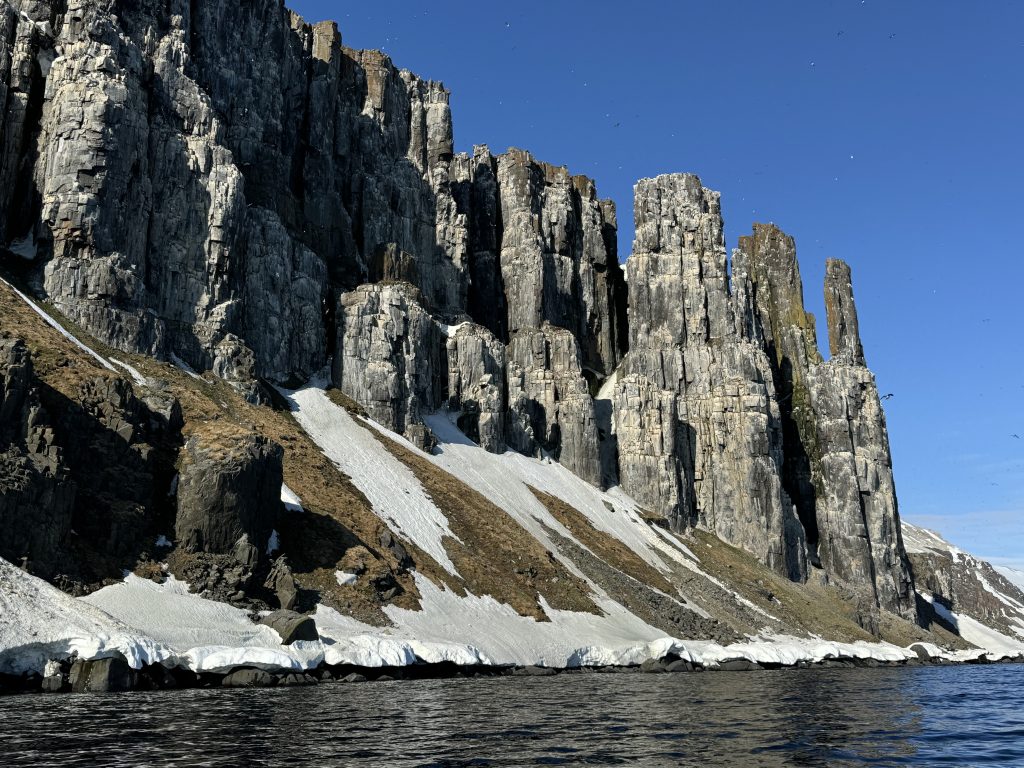
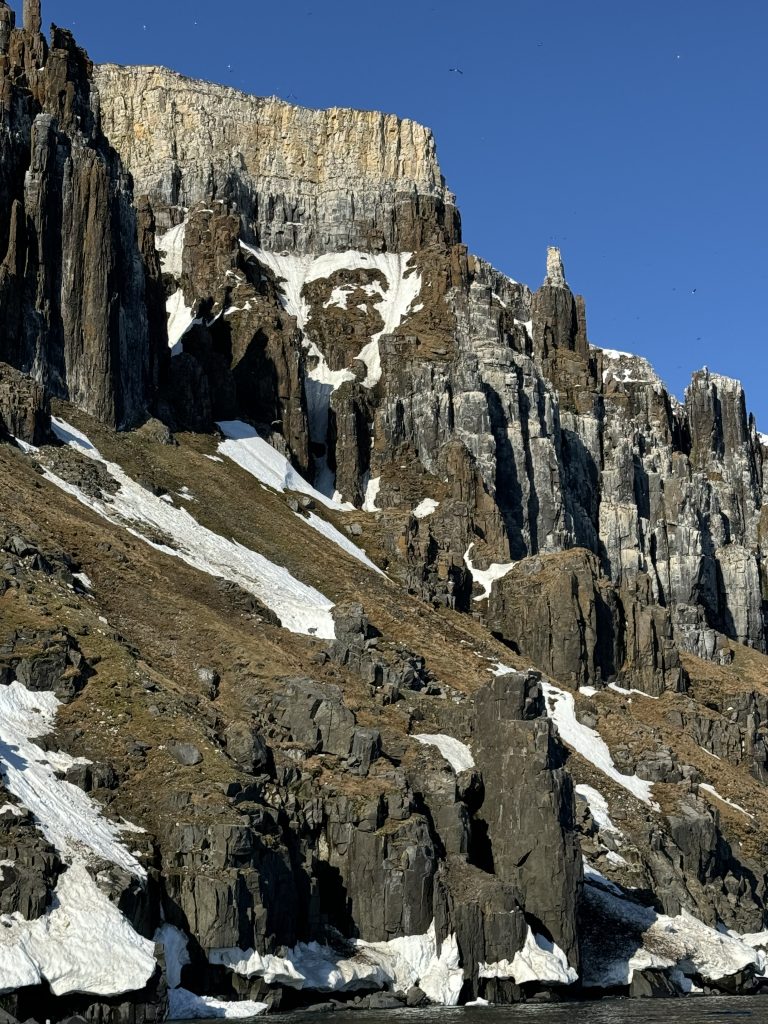
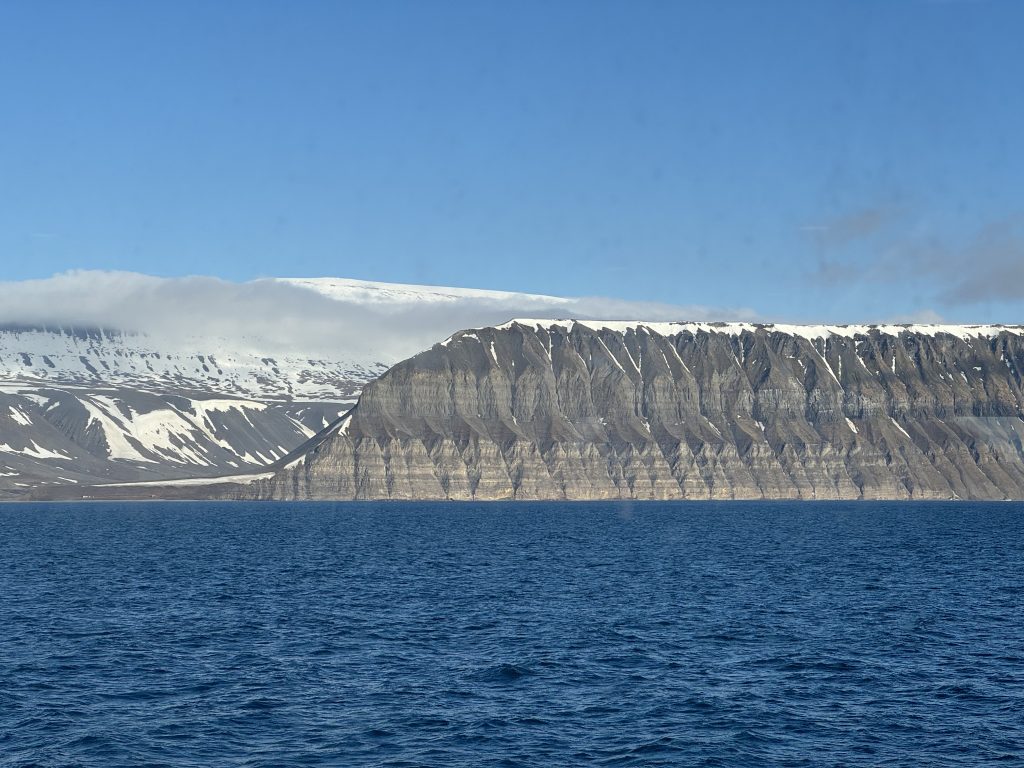
Hemsedalen was pretty special for me, I love fossils! And they were literally all along the side of the water on the beach area. Here are a few photos of the best that I saw that day – all in situ of course, being mindful to leave everything as we found it and with as little trace of our visit as possible.
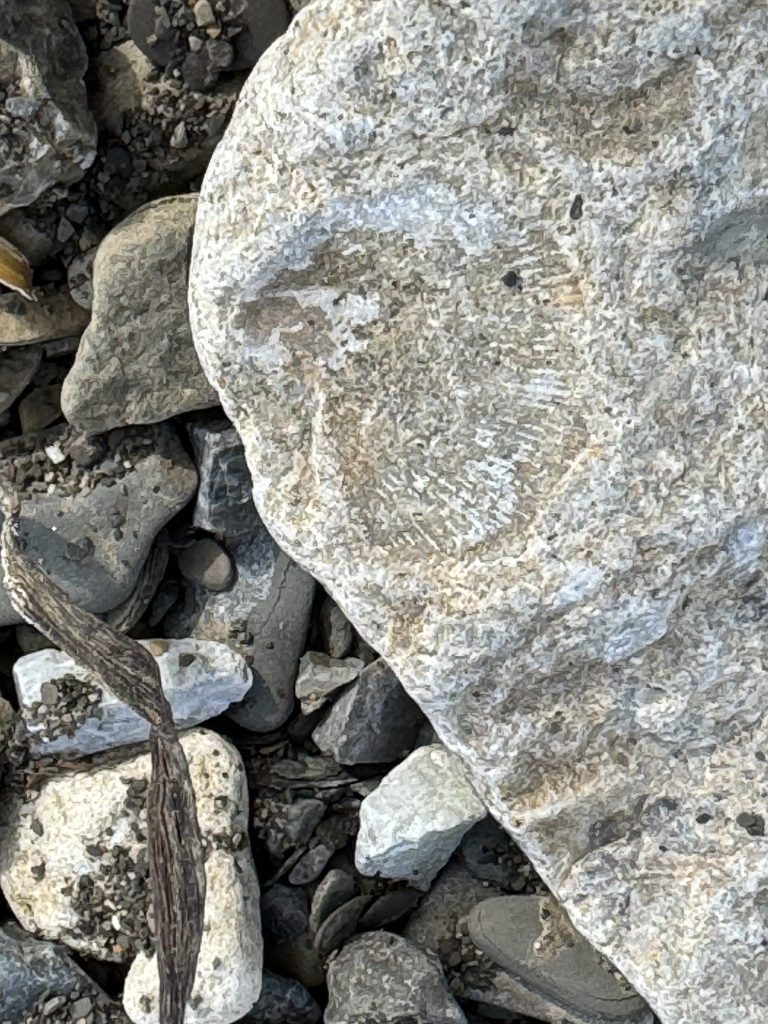
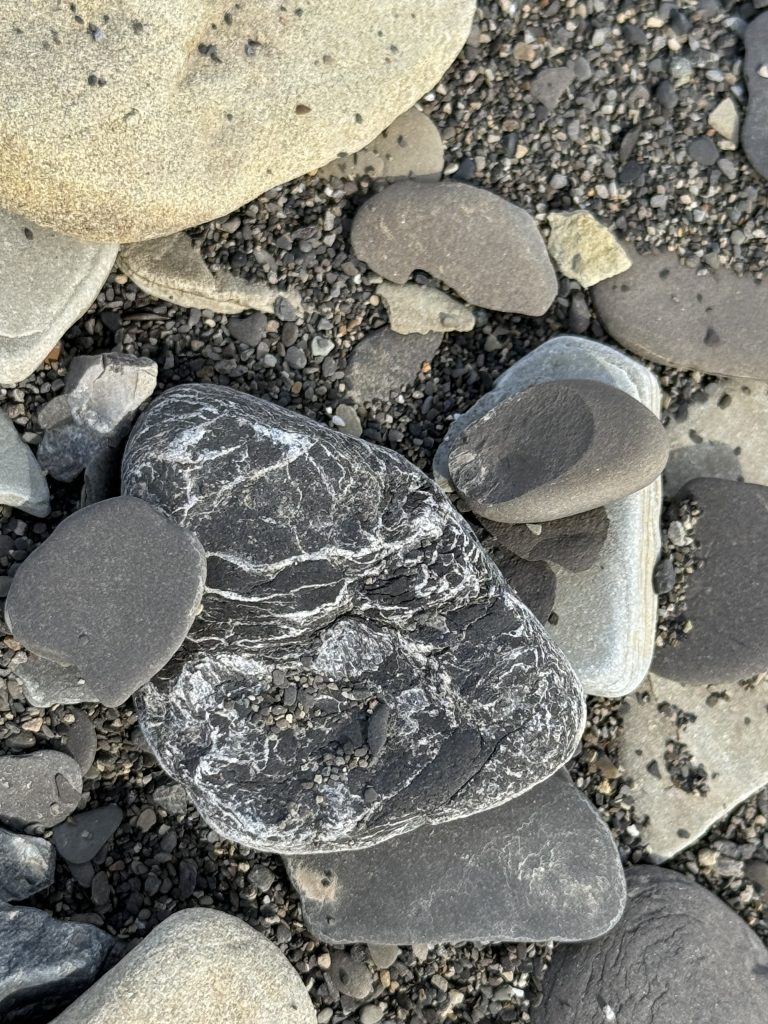
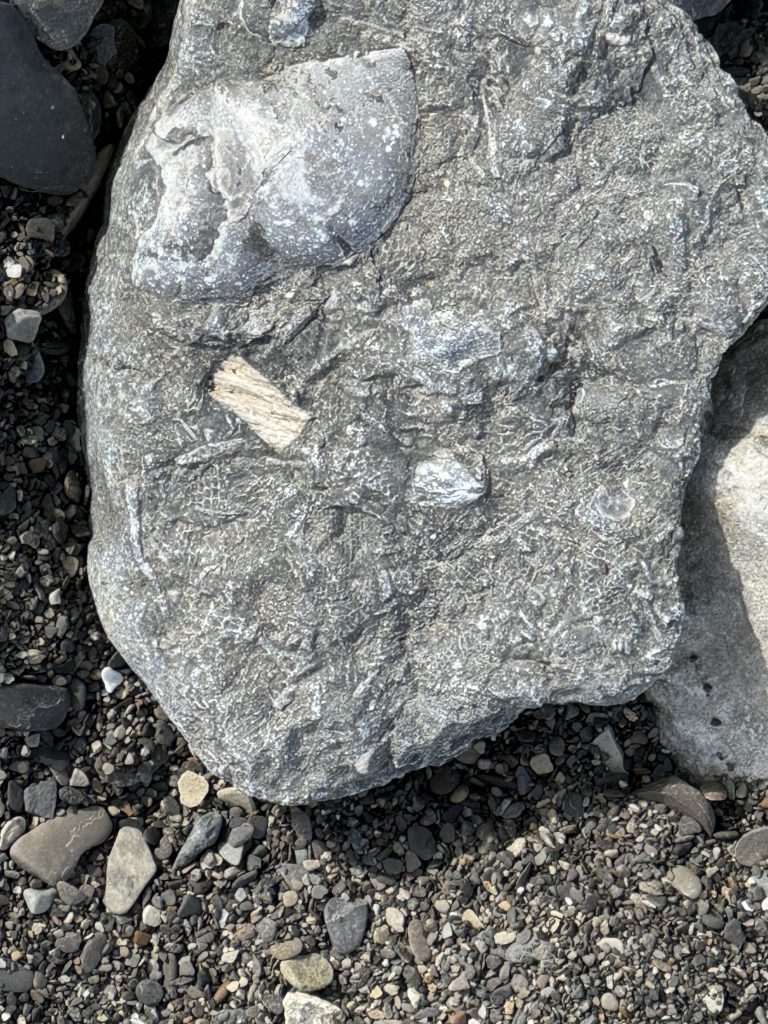
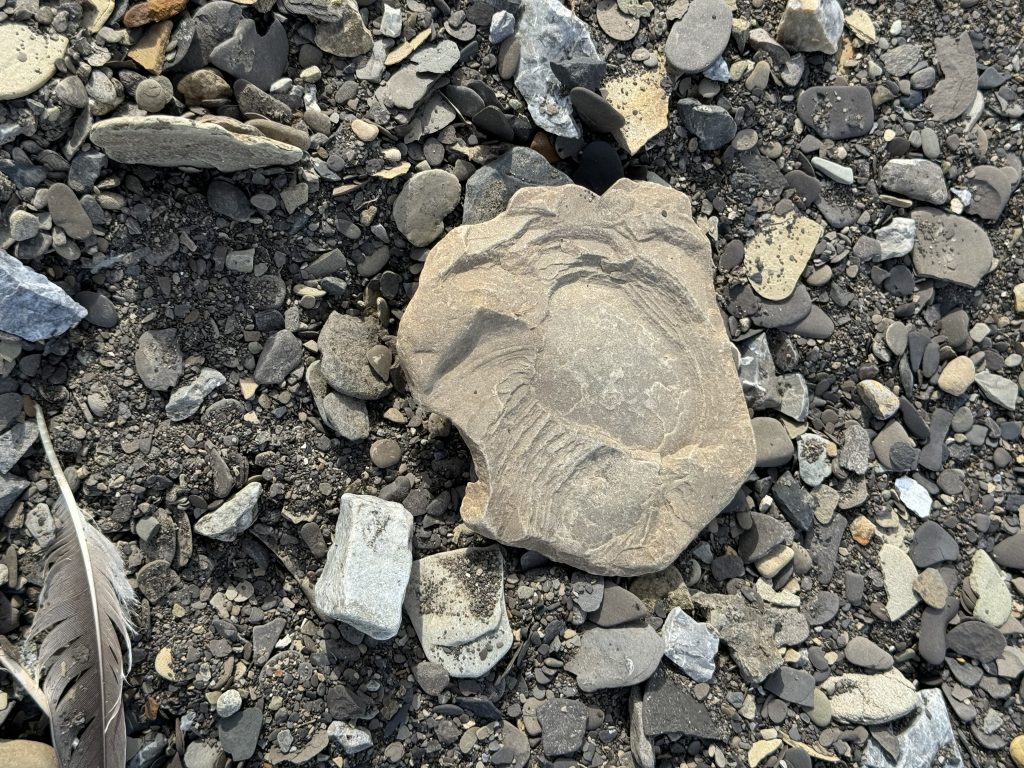
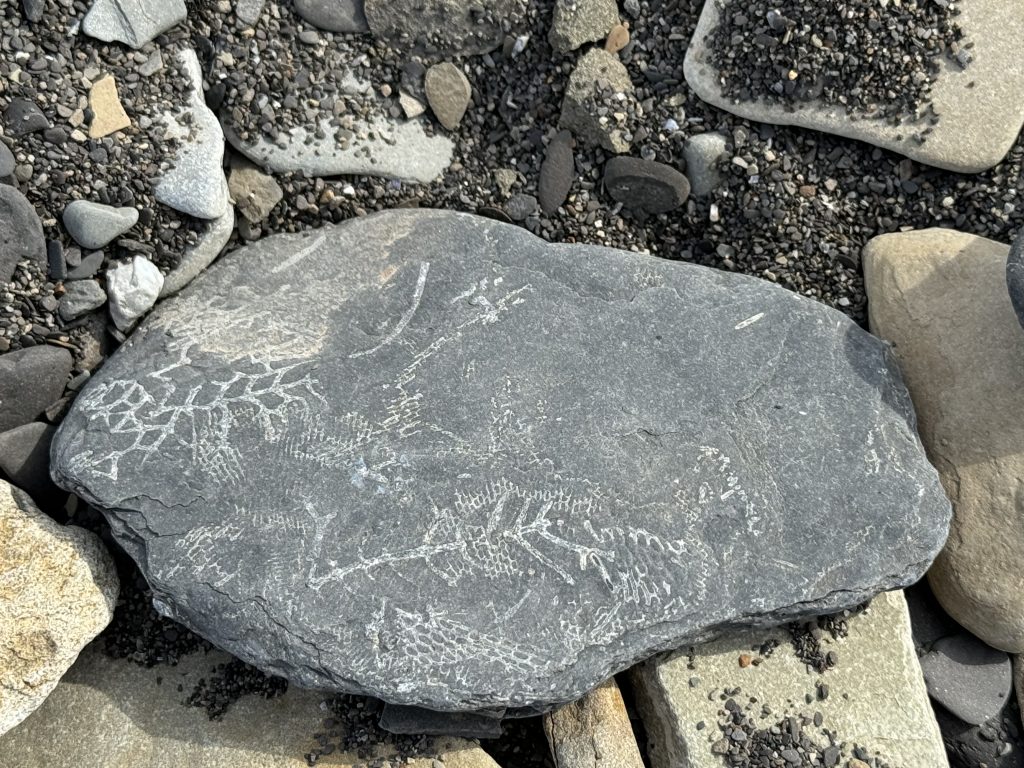
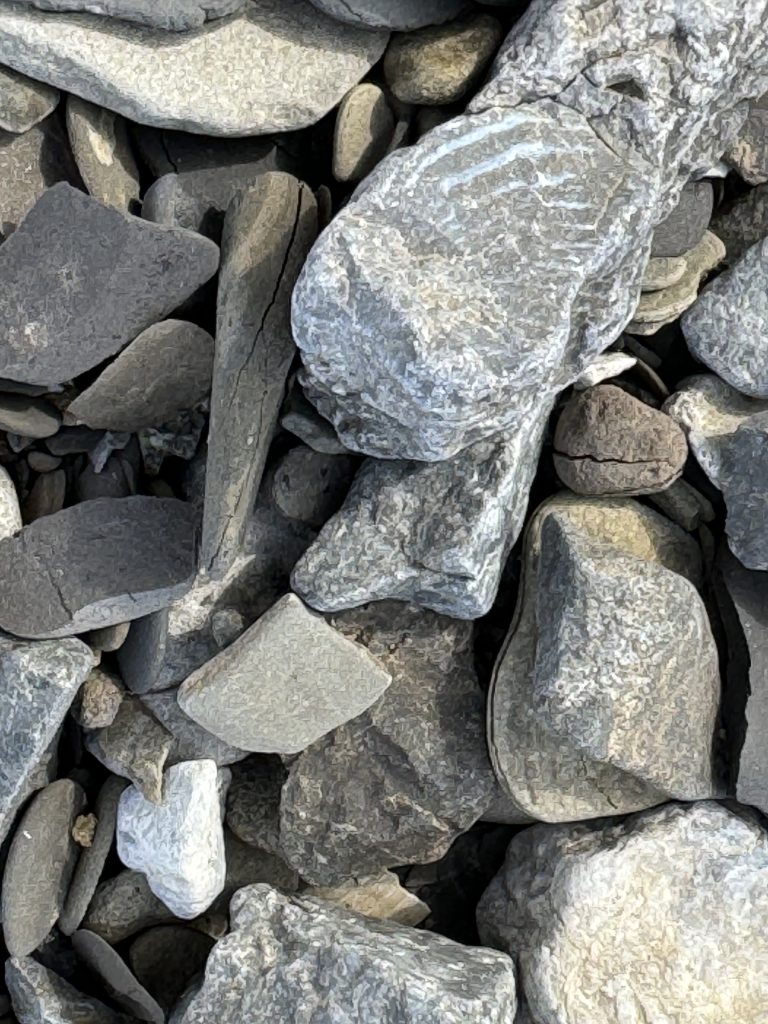
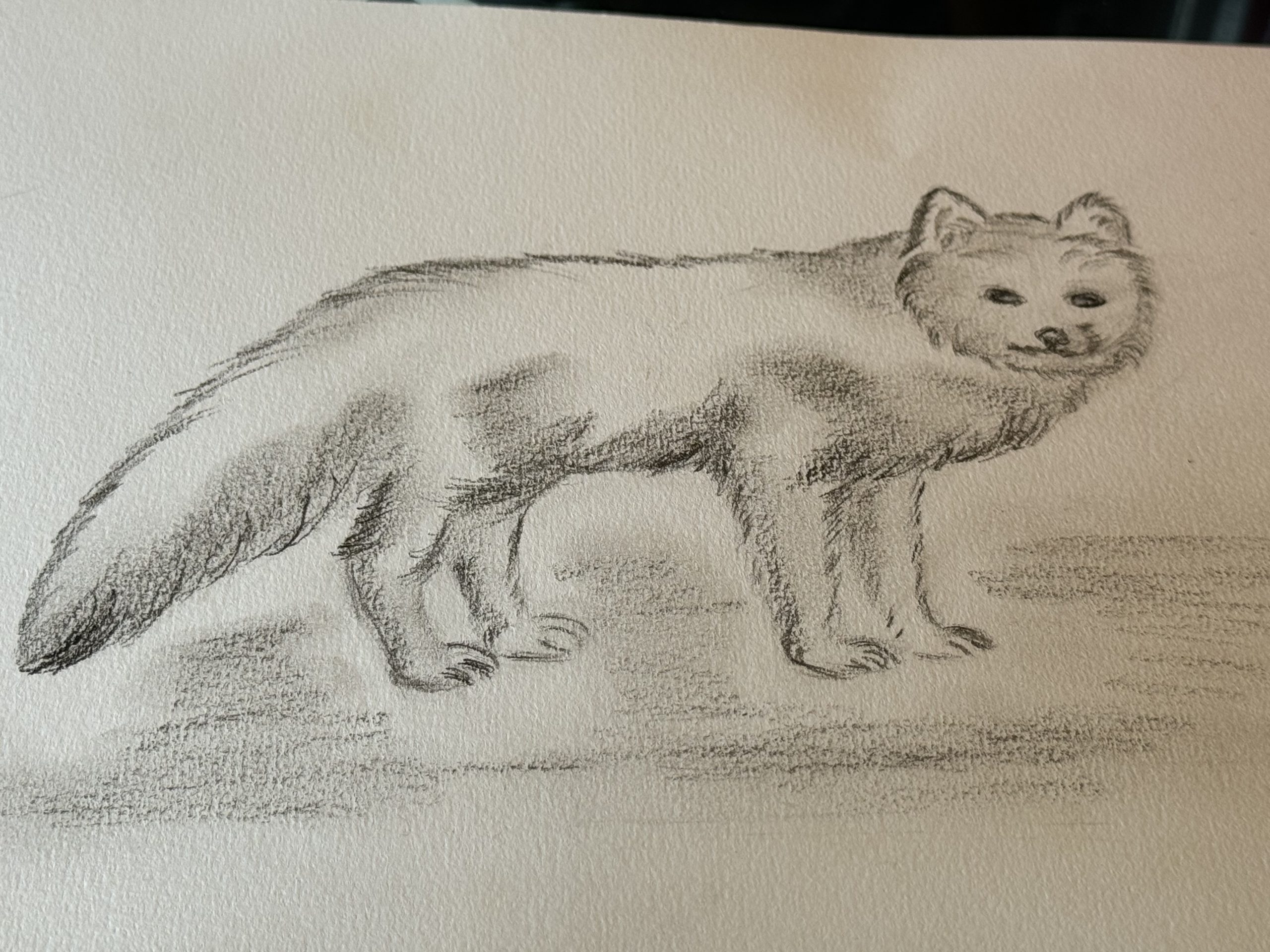
From completing a wildlife list, workshops on seaweed and rocks, bird spotting and contributing to NASA cloud observations there are plenty of opportunities to contribute to Polar Citizen Science and bound to be one you are interested in. We even had an art class and tried our hands at drawing some of the Arctic creatures we had spotted – here’s my attempt at an Artic Fox!
